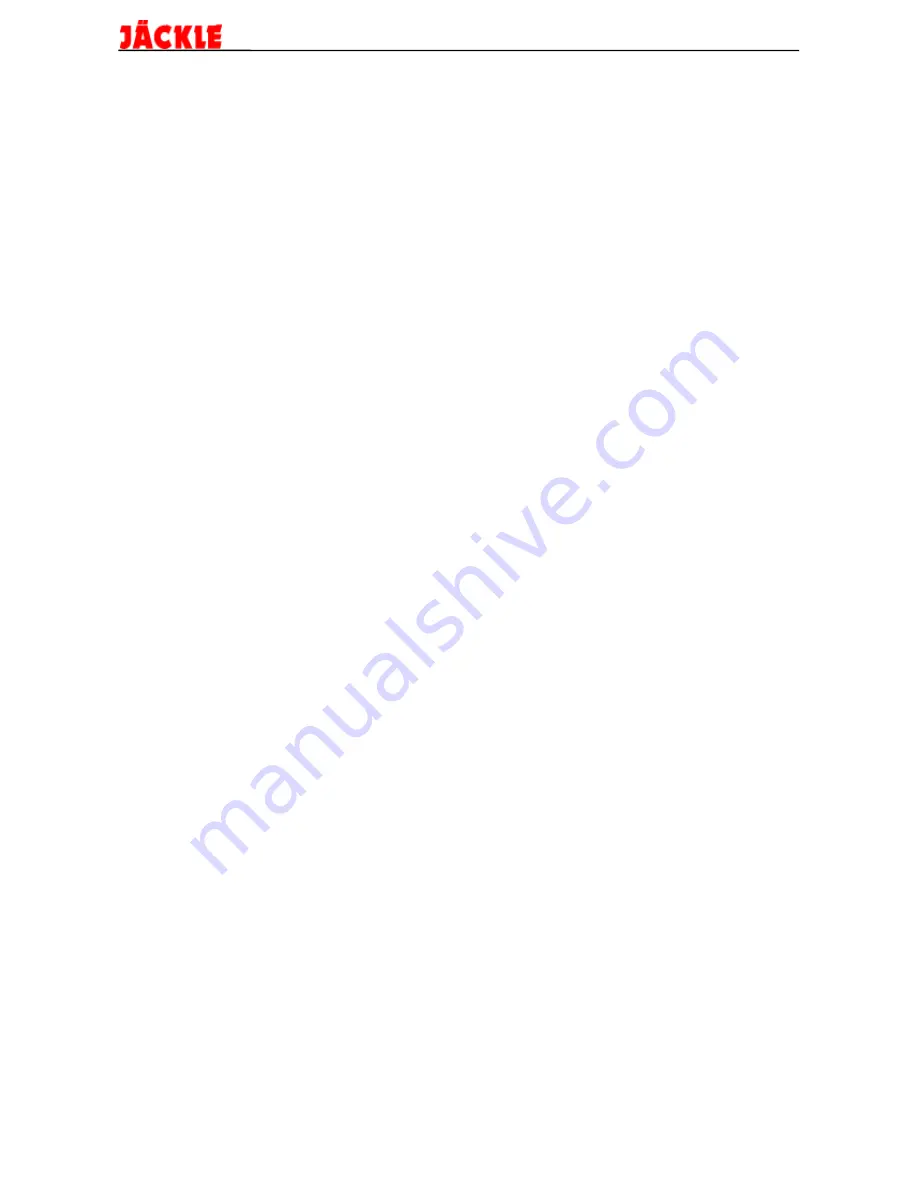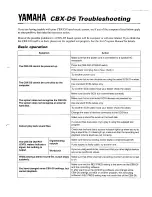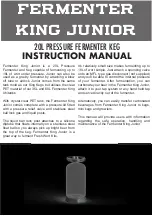
Plasma 33 H
Operating Manual
Page 7
4.5 Equiping the torch
Fit the plasma nozzle into the torch.
Plasma nozzle and electrode are wear parts. A plasma nozzle with a badly burnt-out hole
and an electrode with a large penetration crater involves worse cutting quality and striking
characteristics. These parts must be exchanged by original wear parts.
At the exchange of wear parts take care that they are tightened fastly.
The cut may be done with distance nozzle as well as with plasma nozzle leaning on the
workpiece.
4.6 Connecting the workpiece
Plug the workpiece cable into the socket for workpiece connection. Attach the workpiece
clamp to a better-conducting part of the workpiece, i.e. not on paintwork or rust.
7.
Cutting
7.1 Striking the pilot arc
Carry the cutting torch to the starting-place of the scheduled cut.
Press the torch trigger. After a short gas preflow (about 0,5 sec.) the pilot arc is ignited.
When the pilot arc touches the workpiece, the cutting arc arises.
If the cutting arc does not arise the pilot arc automatically switches off after ca. 2 seconds.
Warning!
Don't repeat igniting the pilot arc unnecessaryly often without cutting.
The pilot resistor may be overstressed and the wear parts of the torch
are more stressed.
7.2 Cutting
For manual cutting operation pull the torch - lightly leaning on the workpiece - across the
workpiece with constant speed.
It is important to observe the suitable cutting speed according to the material thickness for
getting an optimal cut. If the cutting speed is too slow, the edge of cut doesn't get sharp in
consequence of the intense input of heat. The optimal cutting current is achieved if the
cutting beam leans lightly backwards during the cutting operation.
If the torch trigger is released, the cutting beam is extinguished and the current source
switches off. The gas will continue to flow for ca. 1 minute in order to cool the torch. If the
plasma beam tread out of the workpiece the current source switches off too.





































